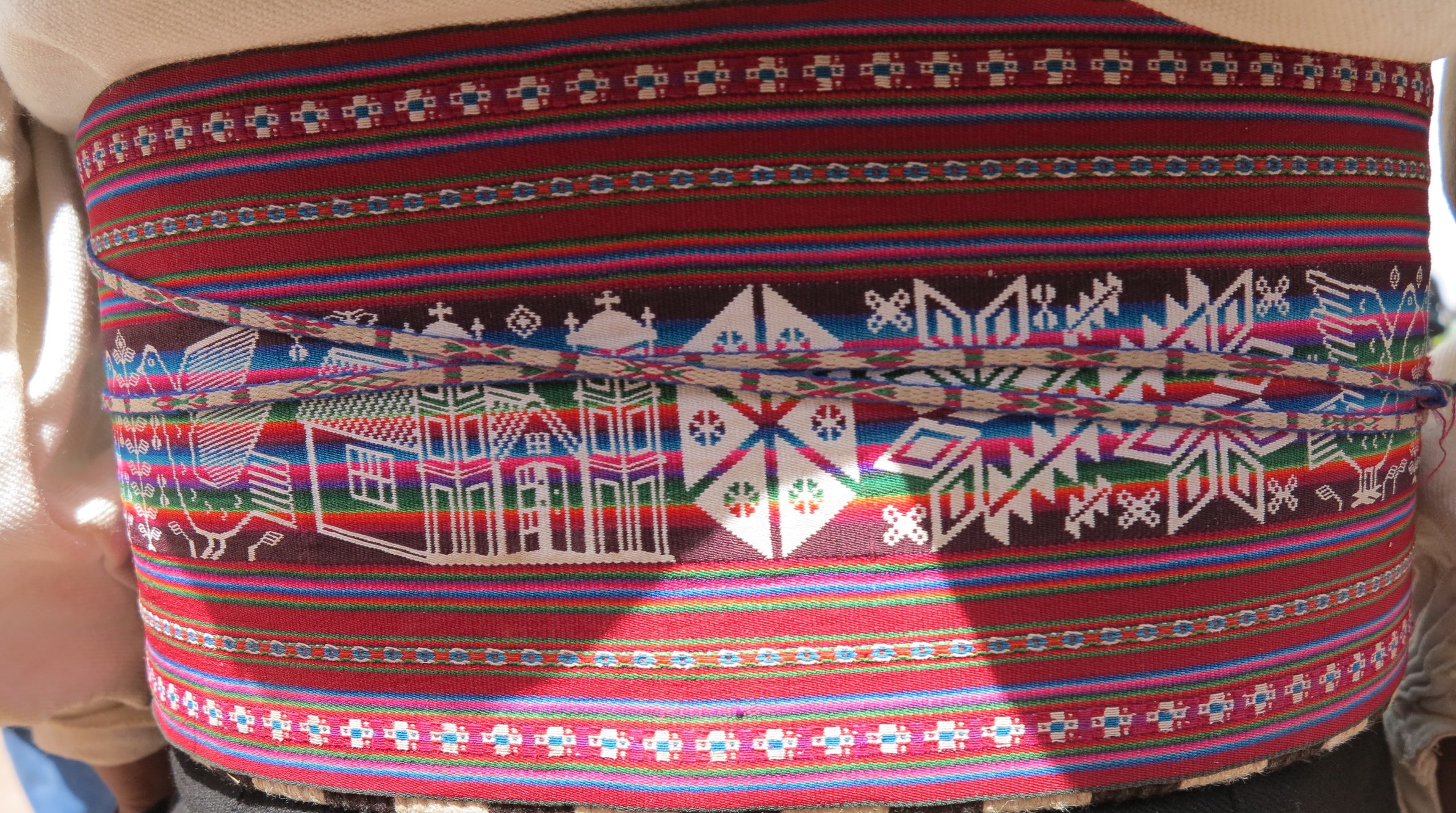UN MUNDO DE COLOR EN PUNO
UN VIAJE POR PUNO Y SUS TÉCNICAS ANCESTRALES
Hay mucha magia en Puno, magia que se pasa entre el verde del pasto, el azul de su agua y cielo, el blanco cortante que dibuja las nubes y el gris pesado de sus piedras, magia que se pasa por estos lugares y que descansa sobre los muchos colores del trabajo de sus tejedoras.
There is quite a lot of magic in Puno, magic that passes through the Green of its grass, the blue of its sky and wáter, the stark White that draws its clouds and the heavy grey of its stones, it goes through this places and it rests upon the many colors of the work of its knitters.
Los textiles en Puno se ven tan hermosos como el escenario natural que los rodea. Están elaborados, la mayoría del tiempo a mano, con la fibra más rica de alpaca y vicuña, y sus técnicas ancestrales están llenas de historia, historias y mucho trabajo minucioso.
Textiles from puno are as beautiful as the natural scenery surrpunding them, they are handmade most of the time from the richest Alpaca wool, and their ancestral techniques are full of history, stories and lots of meticulous work.
Algunas de las técnicas incluyen el telar a cintura, que consiste de la tejedora atando un extremo de los hilos a si misma, para así tejer piezas como tapices, cubiertos de dibujos vibrantes que se mezclan y conversan entre si. La técnica tiene mas de dos mil años, y el algodón nativo fue la fibra que se utilizó originalmente. También se utiliza el tejido a palos y diferentes tipos de bordado.
some of the techniques include "el telar a cintura", which consists of the knitter tieing one point of the threads to herself, to then knit pieces like tapestries, that are covered in vibrant drawings that merge and converse. This technique is more tan two thousand years old, and native cotton was the first fiber to be used. they also use "tejido a palos" and different types of embroidery.
Los hilos que se utilizan para crear estas obras son teñidos a mano con tintes naturales, como la cochinilla para los rojos, o diferentes plantas para otros colores.
The threads that are implemented to créate this pieces are hand dyed with natural dyes, la cochinilla for the different reds, or different plants for the other colors.
La isla de Taquile es notable por su proeza textil, habiendo sido nombrada "patrimonio cultural inmaterial de la humanidad" por UNESCO en el 2005. Habitualmente los taquileños aprenden las reconocidas técnicas de tejido desde una temprana edad, usando rojo, negro y blanco como los colores más representativos con los que crean sus imágenes, que esparcen a través de chullos, chalinas, polleras y otras prendas como el cinturón calendario, que muestra eventos de la vida del dueño, rituales o ciclos agrícolas. Los colores en los que estas piezas son elaboradas tienden a denotar rango o clase social.
The island of Taquile is renouned for its textile prowess, being names "patrimonio cultural inmaterial de la Humanidad" By UNESCO 2005. Usually, Taquileans learn their famous knitting techniques from a very Young age, using red, black and White as the more representative colors with wich they créate their images, that appear through chullos, scarfs, polleras and other pieces like the "Cinturón calendario" that shows events of the owners life, rituals and agricultural cycles. The colors on this pieces tend to denote Rank or social class.
Puno está ciertamente lleno de magia, y mucha de esa magia es contada a través de hilos que tejen una historia llena de memoria y amor, que se extiende por los años y que expresa todo el orgullo y creatividad de una comunidad.
Puno is indeed full of magic, and most of this magic is told through the threads that knit together a history full of memory and love, that extends through the years and expresses all the pride and creativity of this community.










